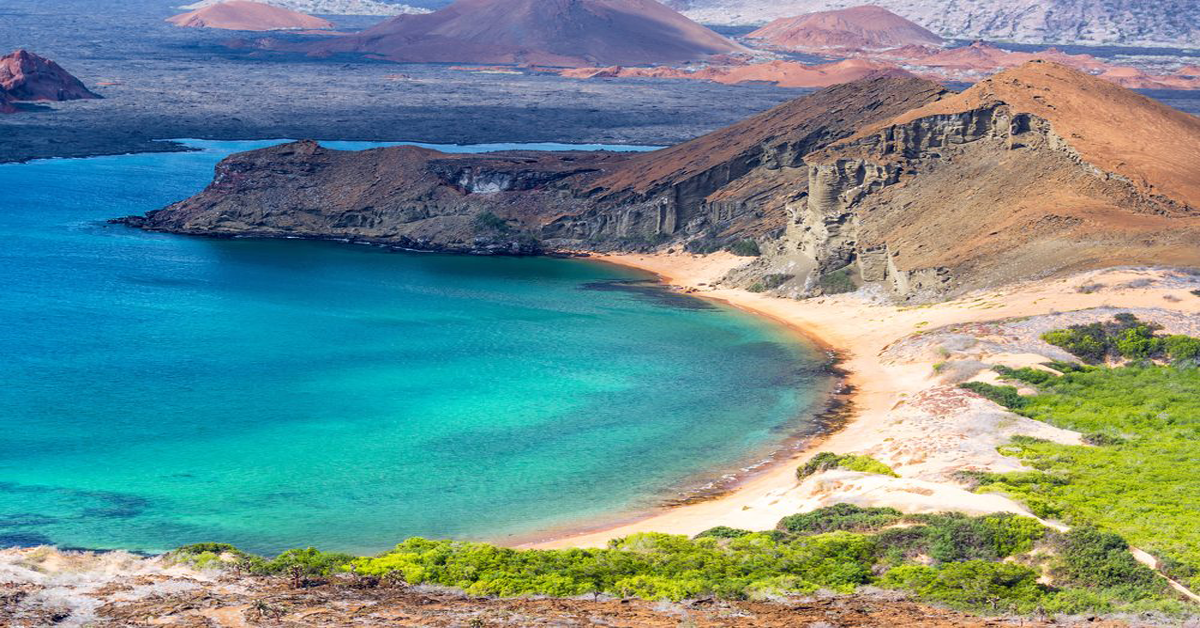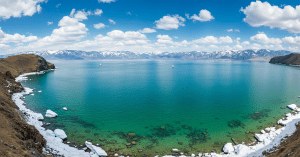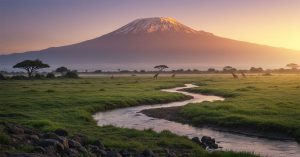The Galapagos Islands, a remote archipelago located in the Pacific Ocean, approximately 1,000 kilometers off the coast of Ecuador, are a unique and fascinating destination renowned for their extraordinary biodiversity and critical role in the study of evolution. Often referred to as a living museum and showcase of evolution, the Galapagos Islands provide an unparalleled opportunity to witness a plethora of endangered species in their natural habitats.
This ultimate guide explores the natural wonders, conservation efforts, and practical travel tips for experiencing the Galapagos, a true haven for endangered species.
The Unique Biodiversity of the Galapagos Islands
The Origin of Endemism
The Galapagos Islands are home to an astonishing array of species, many of which are found nowhere else on Earth. This high level of endemism is due to the islands’ isolation and diverse ecosystems. From volcanic landscapes and lush highlands to pristine beaches and crystal-clear waters, the varying environments support a wide range of life forms.
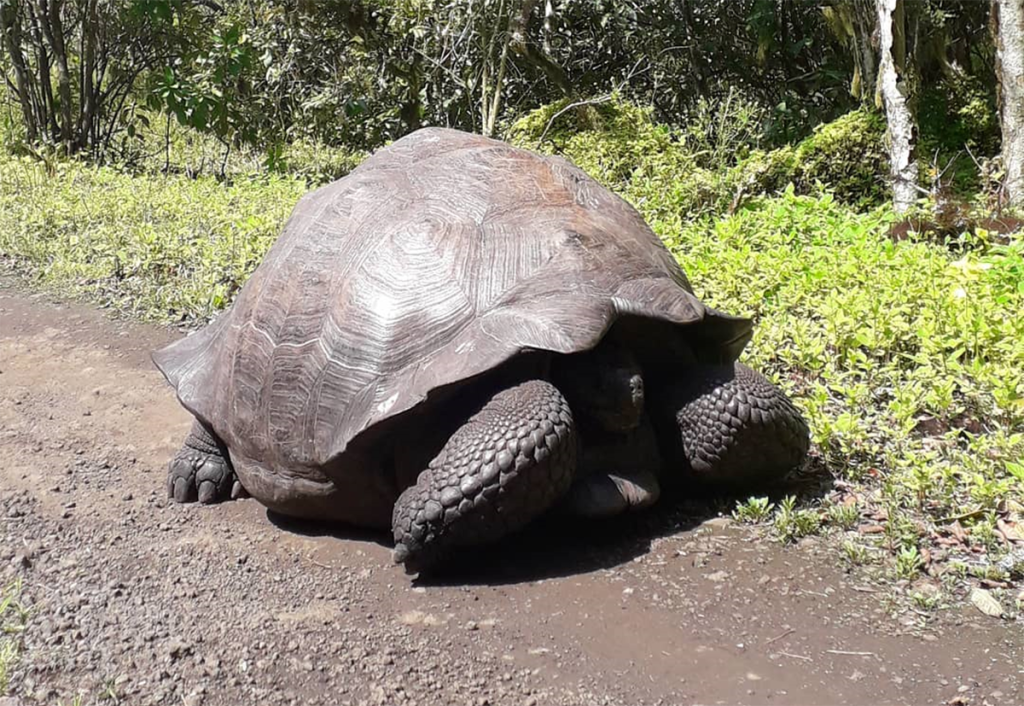
Iconic Endangered Species
Galapagos Giant Tortoise
The Galapagos Giant Tortoise is perhaps the most iconic species of the islands. These majestic creatures can live over 100 years and weigh up to 400 kilograms. They play a crucial role in their ecosystems by dispersing seeds and maintaining vegetation. Conservation programs have been successful in increasing their population, but they remain vulnerable due to habitat loss and introduced species.
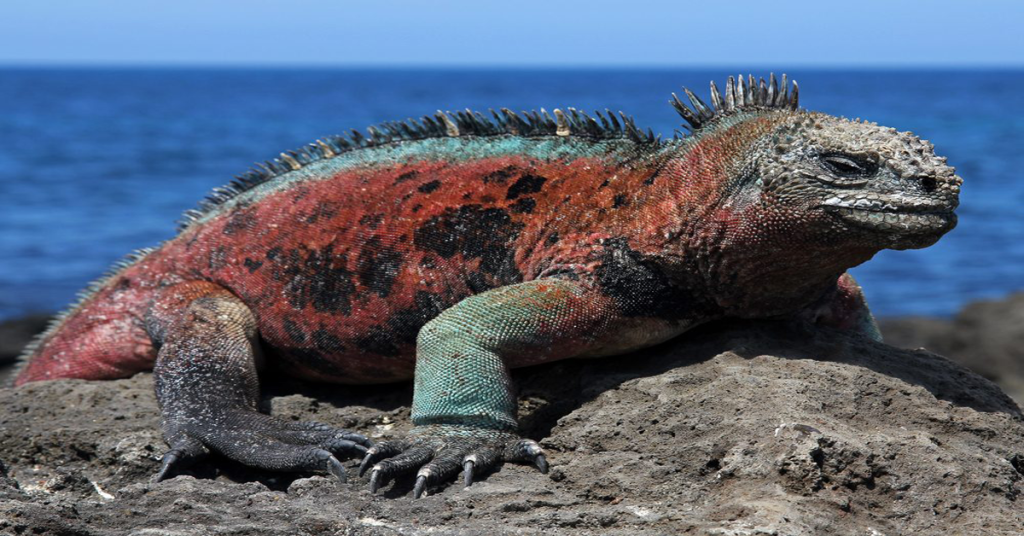
Marine Iguanas
Marine Iguanas, the only lizards in the world that can swim, are another unique species endemic to the Galapagos. These remarkable reptiles have adapted to feed on algae in the ocean and can often be seen basking on rocky shores to regulate their body temperature. Climate change and pollution are significant threats to their survival.
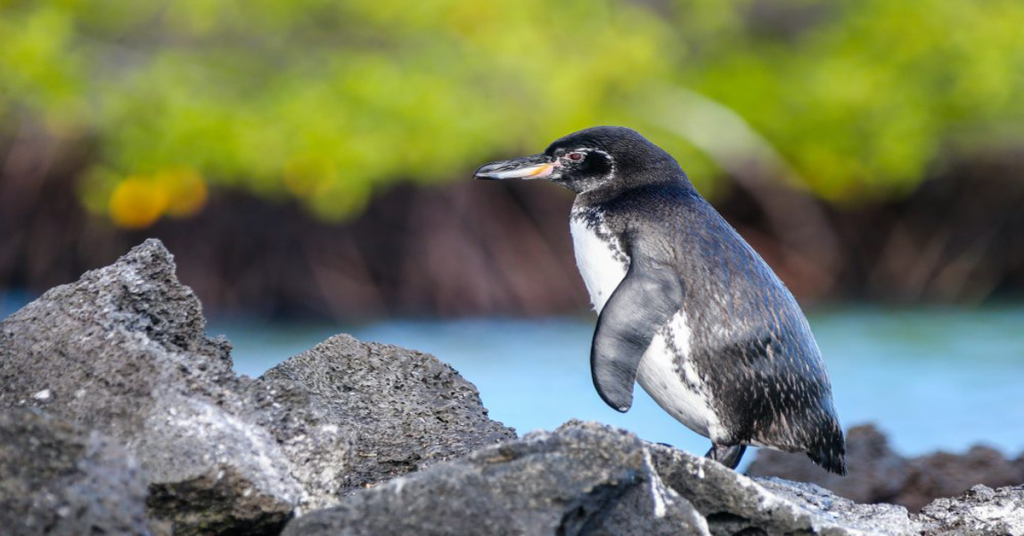
Galapagos Penguins
Galapagos Penguins are the only penguin species found north of the equator. They have adapted to the islands’ warm climate, but their population is highly sensitive to changes in sea temperature and food availability. Conservation efforts focus on protecting their nesting sites and mitigating human impact.
Flightless Cormorant
The Flightless Cormorant is a rare bird species that has lost the ability to fly, instead developing strong legs for swimming. Found only in the Galapagos, these birds face threats from invasive species and environmental changes. Conservation initiatives include habitat restoration and monitoring population dynamics.
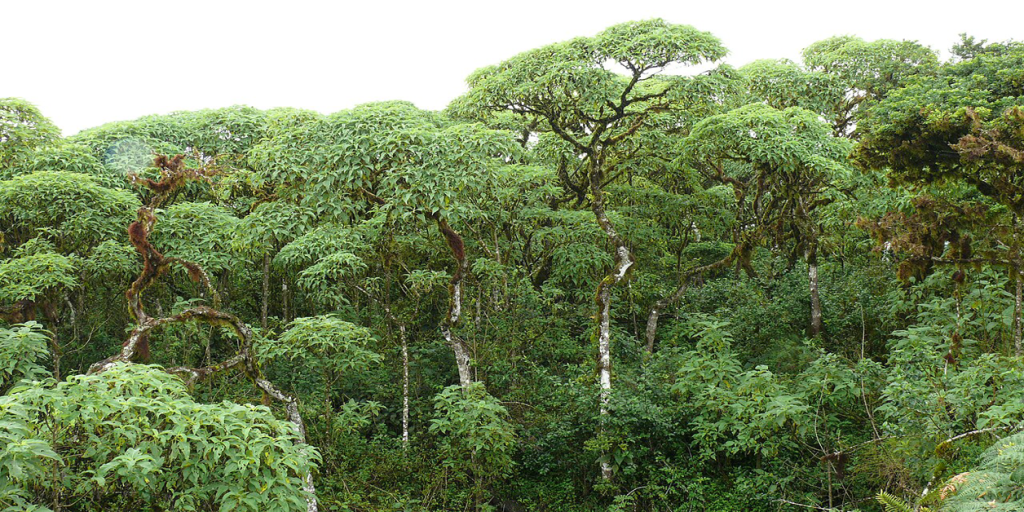
Unique Flora
The Galapagos Islands also boast unique plant species adapted to the archipelago’s diverse environments. The Scalesia forests, often referred to as the “Galapagos daisy trees,” are a striking example of plant endemism. These trees provide crucial habitats for many bird species and contribute to the islands’ ecological balance.
Conservation Efforts in the Galapagos
Historical Challenges
The Galapagos Islands have faced numerous conservation challenges over the years, including invasive species, overfishing, and human encroachment. Introduced animals such as rats, goats, and pigs have caused significant harm to native species and habitats.
Current Initiatives
Galapagos National Park
Established in 1959, the Galapagos National Park covers 97% of the land area of the islands. The park’s management focuses on protecting ecosystems, restoring native species, and controlling invasive species. Strict regulations govern tourism and scientific research to minimize human impact.
Charles Darwin Foundation
The Charles Darwin Foundation, founded in 1959, supports scientific research and conservation programs in the Galapagos. The foundation’s efforts include breeding programs for endangered species, ecological restoration projects, and educational outreach to promote conservation awareness.
Marine Reserve
The Galapagos Marine Reserve, one of the largest marine protected areas in the world, plays a vital role in preserving the islands’ rich marine biodiversity. The reserve protects critical habitats for species such as sea turtles, sharks, and marine iguanas. Fishing regulations and enforcement are crucial to maintaining the health of marine ecosystems.
Community Involvement
Local communities are actively involved in conservation efforts through eco-tourism, sustainable practices, and environmental education. Initiatives to promote sustainable livelihoods help balance conservation goals with the economic needs of the islanders.
Practical Travel Tips for Visiting the Galapagos
When to Visit
The Galapagos Islands can be visited year-round, but the climate and wildlife activity vary by season. The warm season from December to May offers calm seas and warmer temperatures, ideal for snorkeling and diving. The cool season from June to November brings nutrient-rich waters that attract a variety of marine life, but sea conditions can be rougher.
How to Get to Galapagos Islands
Please note that direct flights to the Galapagos Islands are not available. Travelers originating from the United States, Europe, or any other global location are advised to reserve an international flight to either Guayaquil or Quito, which is the esteemed capital of Ecuador. For those mindful of budget constraints, economical fare options may be explored through Aviasales for your journey to Ecuador.
Travel Essentials
Permits and Regulations
All visitors to the Galapagos Islands must pay an entry fee to the Galapagos National Park, which helps fund conservation efforts. It is essential to follow park regulations, including staying on designated trails, not touching or disturbing wildlife, and properly disposing of waste.
Sustainable Practices
Travelers should adopt sustainable practices to minimize their environmental impact. This includes using reef-safe sunscreen, reducing plastic use, and supporting eco-friendly tour operators and accommodations.
Guided Tours
Guided tours led by certified naturalists are highly recommended to enhance the experience and ensure compliance with conservation guidelines. These experts provide valuable insights into the islands’ ecology, geology, and conservation challenges.
Top Activities
Snorkeling and Diving
The Galapagos Islands offer some of the best snorkeling and diving opportunities in the world. Explore the vibrant underwater world teeming with marine life, including sea turtles, rays, sharks, and colorful fish. Popular sites include Devil’s Crown, Gordon Rocks, and Kicker Rock.
Wildlife Watching
Wildlife watching is a highlight of any visit to the Galapagos. From observing giant tortoises in the highlands to spotting blue-footed boobies, frigatebirds, and sea lions along the coast, the opportunities for close encounters with wildlife are unparalleled.
Hiking and Exploration
Hiking trails on islands like Santa Cruz, Isabela, and San Cristobal offer the chance to explore diverse landscapes and discover unique flora and fauna. Trails such as the Sierra Negra Volcano, El Junco Lagoon, and Punta Pitt provide spectacular views and insights into the islands’ geological history.
Top Things to do in Quito, Equador
Conclusion: Embracing the Galapagos Spirit
The Galapagos Islands are not just a destination; they are a testament to the beauty and fragility of our natural world. As visitors, it is our responsibility to embrace the spirit of conservation and respect the delicate balance of this unique ecosystem. By supporting sustainable tourism and contributing to conservation efforts, we can ensure that the Galapagos Islands remain a haven for endangered species and a source of inspiration for generations to come.

